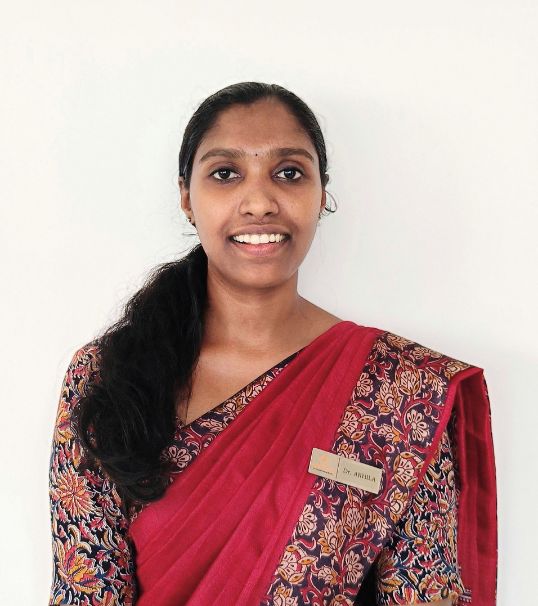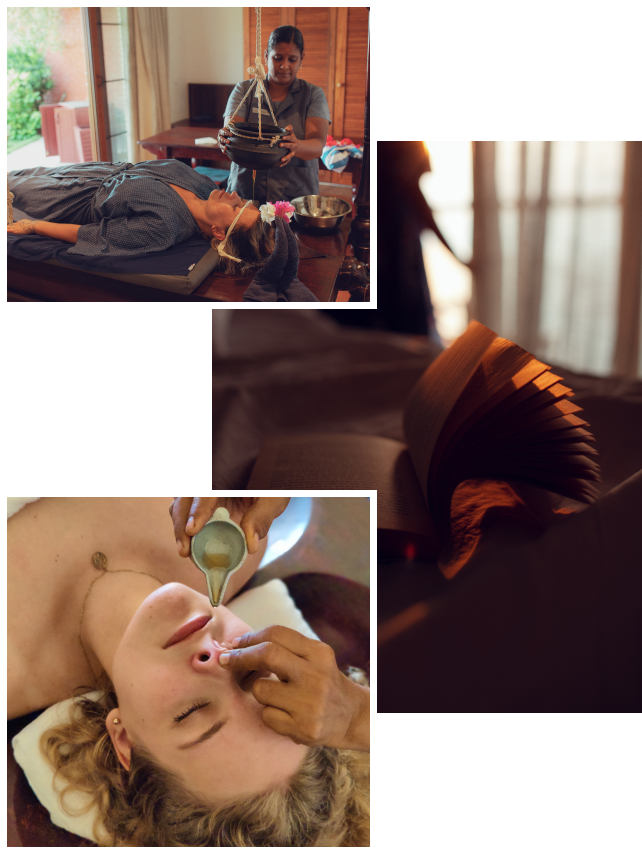
Panchakarma,
an integral part of Ayurveda
, is profound detoxification and
rejuvenation therapy that aims to restore the body’s natural
balance and wellbeing. Panchakarma is deeply rooted in ancient
texts like the Charaka Samhitha, which guide us in
understanding the body’s intricate balance of doshas and the
importance of maintaining the balance for optimal health.
“Yadha loke yadha dehe tadha dravyeshu karmani Thada dosha
dathu moolam sruthva shastre yathoktam” (Charaka Samhitha
Suthra Sthana 26:12) This verse reminds us that just as in the
world and the body, everything has a cause, so do imbalance in
the doshas and dhatus(tissues) have their root cause.
Panchakarma aims to eliminate these imbalances and restore
harmony of the body. The word originated from Sanskrit
language, where “Pancha” means “five” and “Karma” means
“action/procedures”. Panchakarma involves a series of
treatment procedures designed to cleanse the toxins of the
body(ama) and restore doshic balance.(Vatha, Pitha and
Kapha)
.
The term Nasya denotes ‘being in the nose’ or ‘belonging to nose’. It is the administration of herbal oils, powders or paste through nasal route especially to eliminate the accumulated Kapha and thereby cleansing and rejuvenating head and neck region.It is beneficial for treating sinusitis, migraine, facial palsy, hair problems etc. “Urdwajatru vikareshu viseshath nasyam ishyathe”
2. VAMANA (Therapeutic emesis)